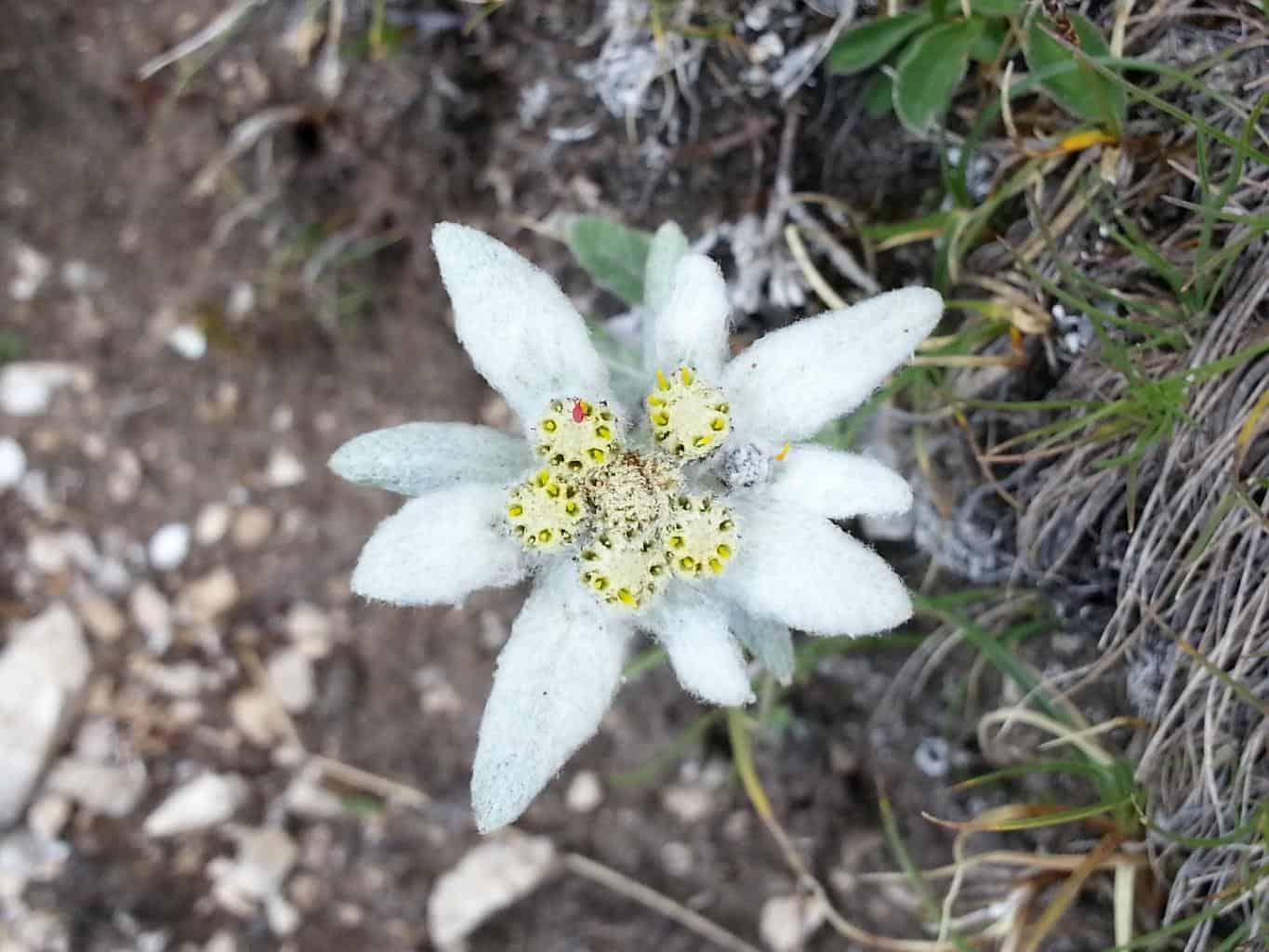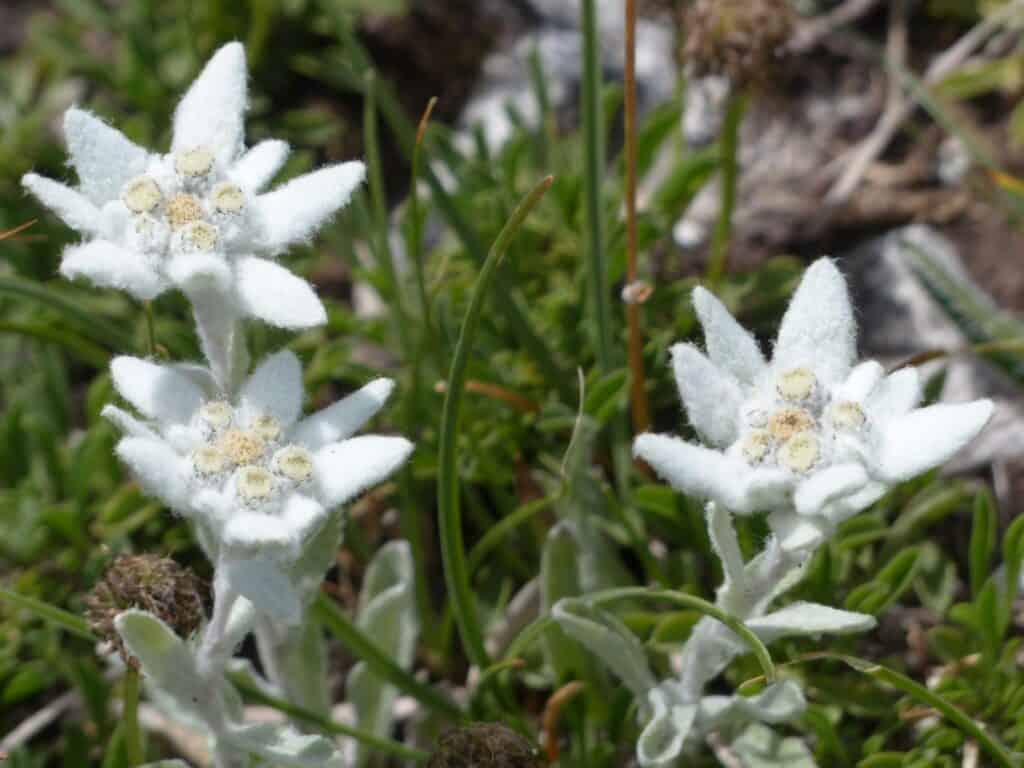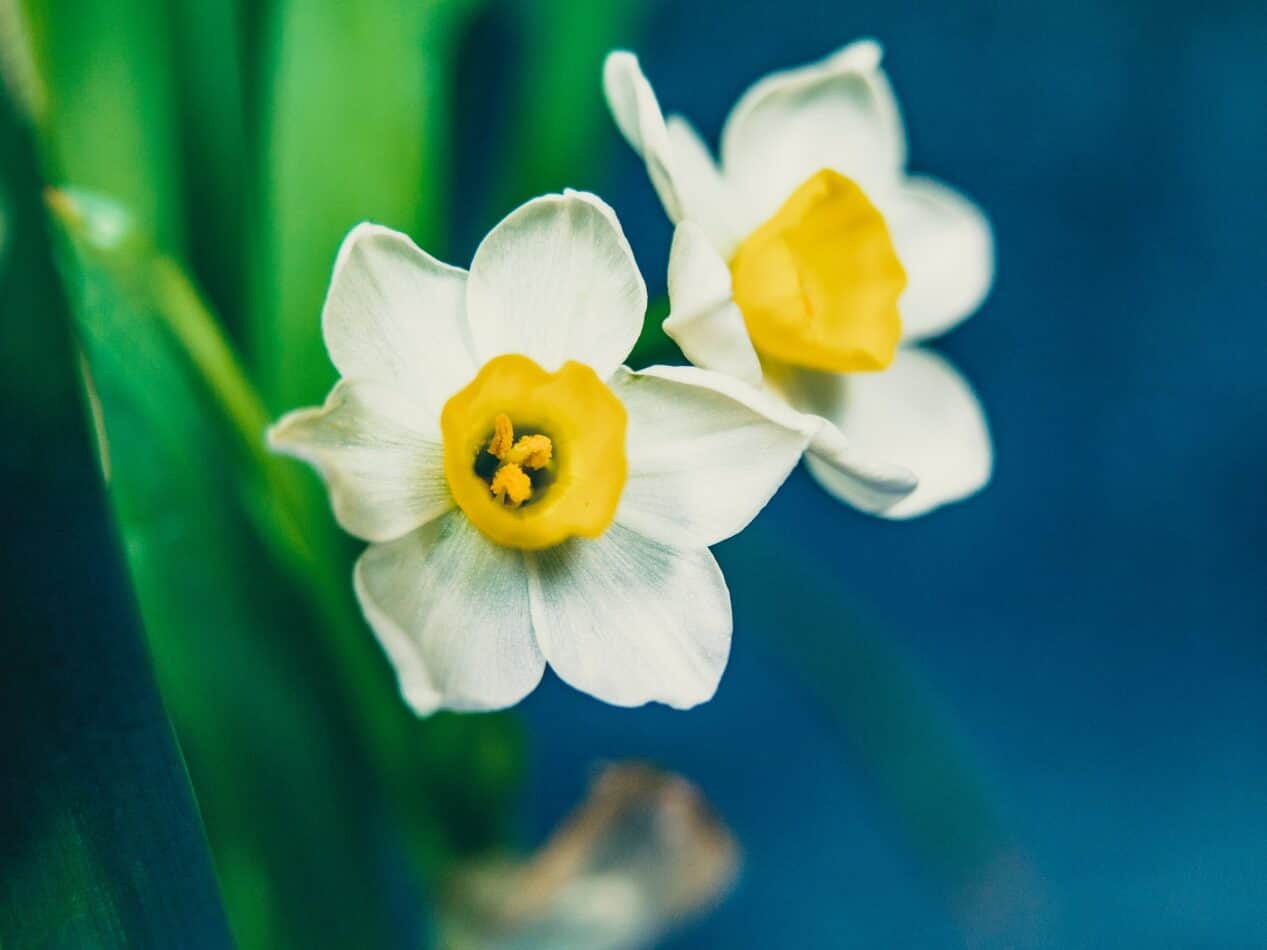Edelweiss is a beautiful plant that grows well indoors. It has green leaves and white flowers. The plant is very easy to care for and requires little maintenance.
Edelweiss (Thalictrum aquilegifolium) is a perennial herbaceous flowering plant native to Europe and Asia. It was introduced into North America in 1859 and is now naturalized throughout eastern Canada and the United States. In addition to its attractive appearance, edelweiss also offers medicinal properties.
Learn how to how to grow and care for Edelweiss and enjoy its beauty throughout the year.
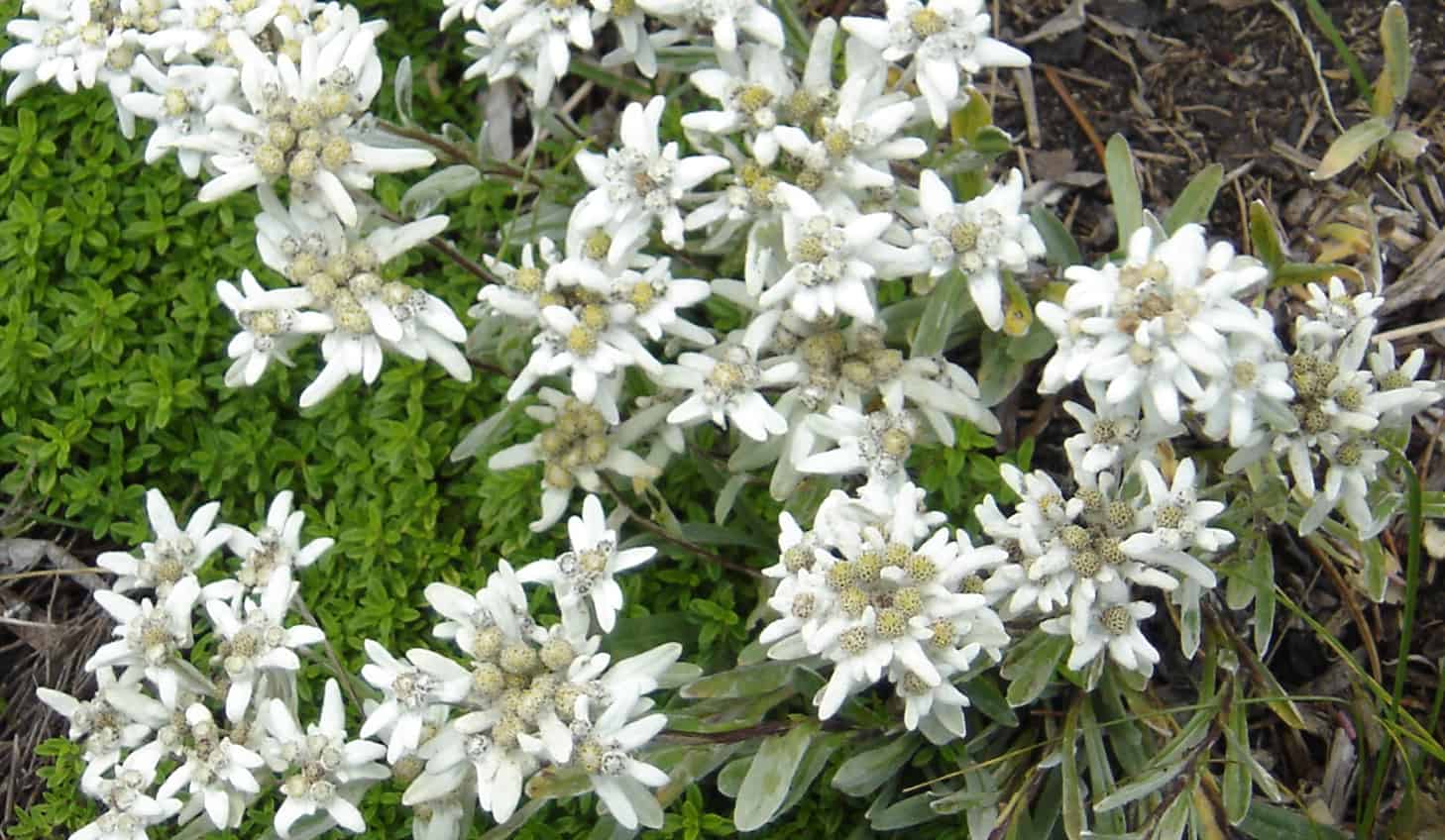
What is Edelweiss?
Edelweiss is an alpine herb native to Europe and China. It grows wild in parts of Europe, especially Switzerland and Germany. The name “edelweiß” literally translates into “noble white.” This plant is known for producing vitamin A, making it a great addition to your garden.
How to Plant Edelweiss
Learning how to grow and care for Edelweiss is easy. Edelweiss can be grown from seed or cuttings. To grow from seed, you will need to start with seeds stored over winter. If possible, you should also use fresh seeds as they are more likely to germinate. Seeds should be planted directly into the ground after being soaked overnight. Cover them lightly with soil and water well. Keep the area moist but not wet.
To propagate by cutting, take a piece of stem about 1/2 inch thick and place it on top of a potting mix. Water thoroughly and keep the area moist until new growth appears. Remove any leaves that appear before the first true leaf emerges.
How to Grow Edelweiss (Leontopodium Plants)
Edelweiss plants are easy to care for once established. They like full sun and average temperatures between 55°F and 75°F. If you live in colder weather, you may want to consider growing edelweiss indoors. The best time to harvest is when the flowers bloom. Harvesting at this time will ensure that the plant has plenty of energy to continue producing blooms throughout the summer months.
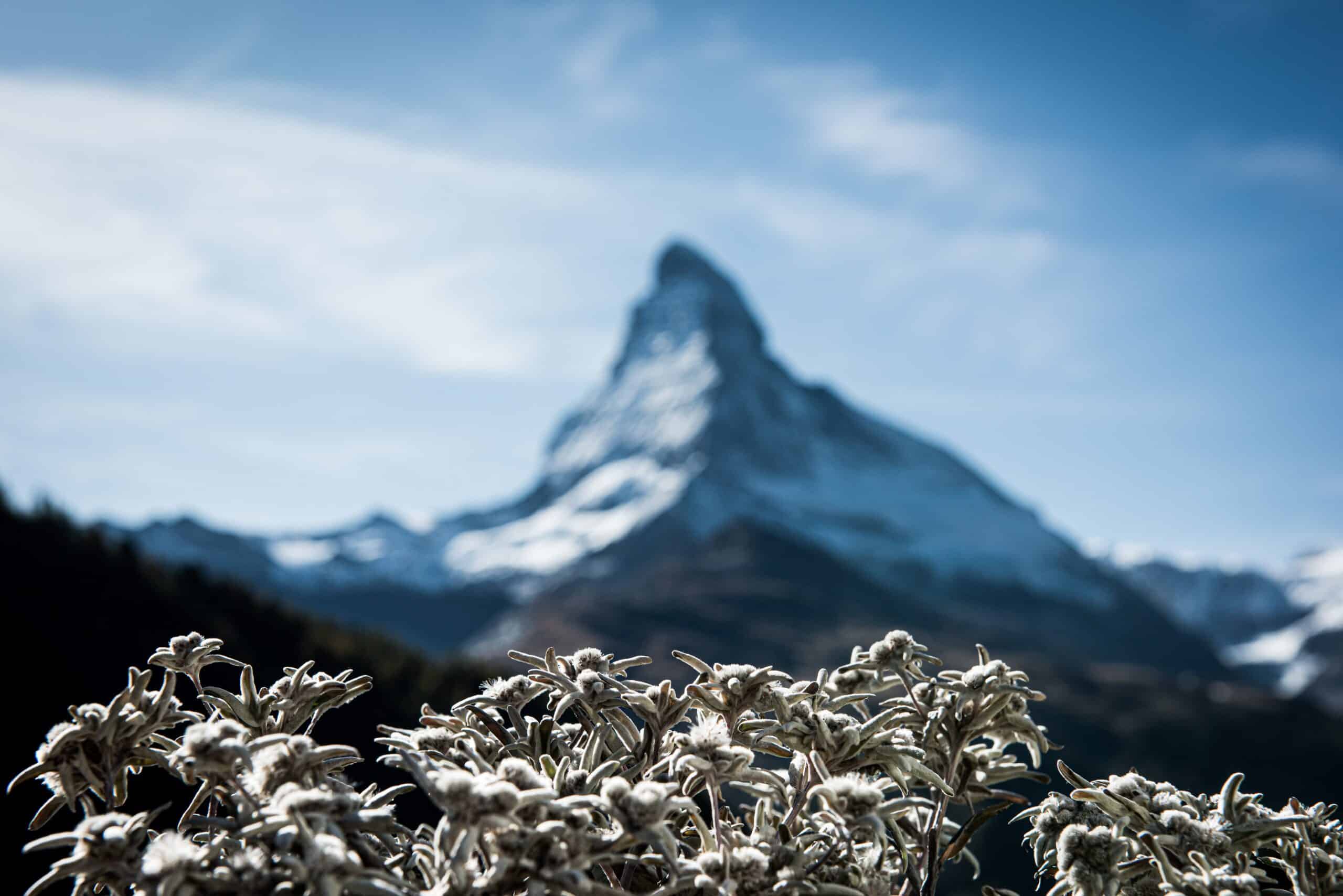
- Growing from seeds
If you want to grow edelweiss from seed, you will want to sow the seeds in late spring or early fall. Sow them in flats or pots filled with a good quality potting mix. When the seeds sprout, remove the seedlings from their containers and transplant them into individual pots.
Seedlings should be kept watered regularly during dry periods. Once the weather turns warm, you can move the plants outdoors.
- Growing from Cuttings
You can also propagate edelweiss by taking cuttings. Take a piece of stem about 2 inches long and place it in a container filled with a good-quality rooting medium. The container should be large enough so that the stem will receive adequate light. Place the container in a sunny location. Mist the roots daily and water them weekly. After two weeks, you can begin to repot the plant into larger containers.
Edelweiss Care
The edelweiss flower is a hardy perennial plant native to the Alps and Northern Africa. This beautiful flower blooms in late spring and early summer. This flower is sometimes called “mountain gentian.”
These plants are great for rock gardens and attract butterflies. Deer will eat them if they are given a chance.
- Light
Edelweiss needs bright sunlight to thrive. During the day, the foliage should be shaded from direct sunlight. At night, the plants should be exposed to indirect light.
- Soil
Edelweiss likes rich, loamy soils that drain well. Avoid clay-based soils, as these tend to hold moisture too much.
- Water
Edelweiss grows best in hot climates and is drought-tolerant. It needs full sun and good drainage. When it gets too much water, it becomes leggy and weak. You can prune off dead leaves and branches in late fall. If you do, don’t cut into the plant; trim around the base. This will encourage new growth.
- Temperature and Humidity
Edelweiss does best in moderate temperatures. In cold areas, it can become dormant in winter. In warmer regions, it can get too hot. A temperature range of 60°F to 80°F is ideal. Too little humidity causes the plant to wilt and die.
- Fertilizer
Edelweiss doesn’t need fertilizer. However it doesn’t hurt to feed your plant by adding some compost or manure to its soil.
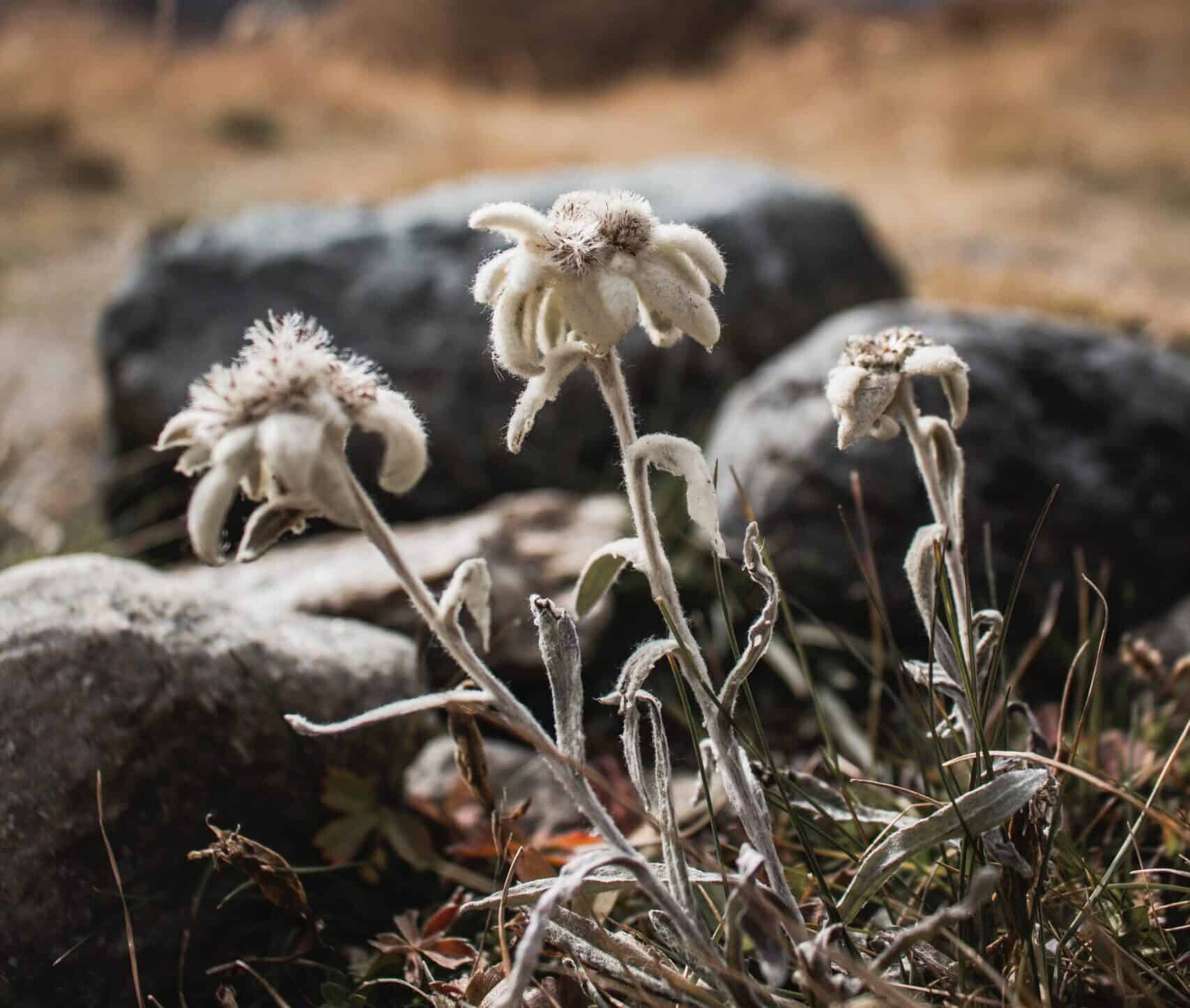
How to Get Edelweiss to Bloom
Edelweiss is one of the most popular flowers in Germany because it grows easily in cool climates and is easy to care for. Its small white petals are arranged around a single yellow center, making it look like a miniature sunflower. If you belong in cold weather, you might want to consider planting some edelweiss indoors. This perennial flower needs full sunlight and well-drained soil. You can start seeds indoors about six weeks before your average frost date. When temperatures drop below 50 degrees Fahrenheit, sow seeds outdoors in late fall or early winter. Keep the soil moist during germination and water regularly throughout the growing season. Once the plant reaches 4 inches tall, pinch off the lower leaves to encourage flowering. After the flowers bloom, cut the stems down to 2 inches above the ground. Remove spent blossoms to prevent self-pollination. Deadheading helps keep the plant looking neat and healthy.
Common Problems With Edelweiss
Edelweiss is one of the most popular flowering bulbs because it produces beautiful white flowers. But there are some problems associated with edelweiss. One problem is crown rot. This fungal infection occurs when the plant gets wet and stays damp for a long period. The fungus grows on the leaves and spreads quickly. You must take action immediately when you see symptoms such as wilting leaves. If you don’t do anything about it, the plant could die.
Another common problem with edelweiss is leaf spots. Leaf spots occur when the plant gets too much sunlight. The spots are small black dots on the leaves. You’ll notice this when the plant starts to grow taller. If you want to avoid this problem, make sure the plant receives enough light.
The third problem is root rot. Roots rot when the roots become weak due to a lack of oxygen. When this happens, the plant cannot absorb nutrients properly. The plant becomes weaker and eventually dies. To prevent this, ensure the plant does not sit in stagnant water. Also, check the soil regularly to ensure it doesn’t become too dry.
What we love from Amazon this week
Buy these wonderful flowers directly from Amazon:


